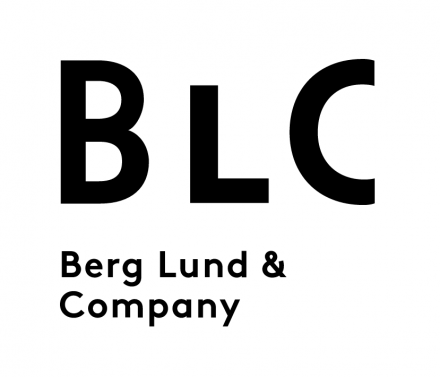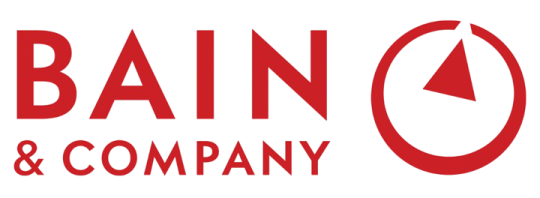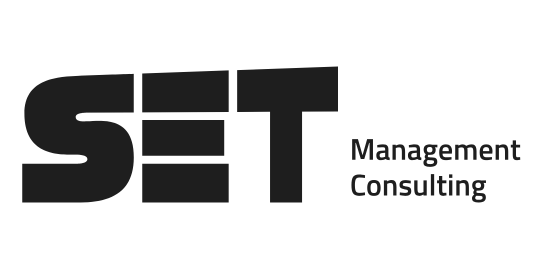Cases oder auch Fallstudien genannt, sind unternehmerische Problemstellungen, die ein Kandidat in einem Bewerbungsgespräch bei einer Unternehmensberatung vorgelegt bekommt. Die Herausforderung hierbei ist es, den Case unter Druck strukturiert zu lösen.
Übe mit Cases zu unterschiedlichen Themen
Noch Fragen? Wirf einen Blick in unsere FAQ
Was sind Cases?
Warum sind Consulting-Cases so wichtig für Deine Vorbereitung?
Die Vorstellungsgespräche bei Beratungsunternehmen gehören zu den umkämpftesten und anspruchsvollsten Interviews, die es gibt. Interviewer verwenden Cases als Indikator, um zu testen, ob Du das Zeug dazu hast, ein erfolgreicher Berater zu werden. Um zu bestehen, musst Du den Teil des Vorstellungsgesprächs mit Bravour meistern. Und damit das auch klappt, musst Du gut vorbereitet sein. Daher ist das Üben von Cases einer der wichtigsten Aspekte der Interview-Vorbereitung in der Beratung. In verschiedenen Gesprächsrunden wirst Du immer wieder Cases lösen müssen, um Dein strukturiertes und analytisches Denken sowie Deine Kommunikationsfähigkeiten unter Beweis zu stellen.
Wie kann ich Cases üben?
Du kannst die Cases selbstverständlich zuallererst alleine üben und durchgehen, um ein erstes Gefühl für den Aufbau zu erlangen. Danach solltest Du Dich allerdings in eine wirkliche Interview-Umgebung begeben und Cases mit anderen Mitgliedern auf der Plattform üben. Hierzu findest Du auf dem Meeting-Board täglich mehr als 50 Mock-Interview Anfragen, die Du ganz einfach annehmen kannst. Sollte nichts passendes auf dem Meeting-Board dabei sein, bietet sich aber auch das Kandidatenverzeichnis an. Hier kannst Du aktive Mitglieder auf der Plattform finden und ihnen eine direkte Meeting-Anfrage senden. Wenn Du Deine Case-Interview Vorbereitung auf das nächste Level bringen möchtest, empfehlen wir Dir, Coaching-Sessions mit unseren Coaches zu vereinbaren, die langjährige Erfahrung darin haben, Kandidaten zu ihrem Traumjobangebot zu verhelfen.
Was ist der Unterschied zwischen Candidate-led und Interviewer-led?
In einem Interviewer-led Case-Interview führt der Interviewer durch das Gespräch. Dies bedeutet, dass der Interviewer gezielt Fragen stellt und auch die Zeit steuert, die Du zur Analyse und Beantwortung verschiedener Fragen hast und damit auch die Tiefe Deiner Analyse. Im Gegensatz dazu handelt es sich bei einem Candidate-led Case-Interview darum, dass Du als Kandidat die Zügel in die Hand nimmst. Die Problemstellung wird Dir von Deinem Interviewer vorgegeben. Danach hast Du die Freiheit den Case nach Deinen Vorstellungen zu strukturieren und proaktiv Fragen zu stellen, um zu einer Lösung des Problems zu kommen.
Was sind echte Cases?
Bei den echten Cases in der PrepLounge Case-Sammlung handelt es sich um Cases, die von Unternehmensberatungen eingereicht wurden und im Unternehmen auch so behandelt wurden. Sie wurden aus dem echten Interviewprozess zur Verfügung gestellt. So kannst Du tiefe Einblicke in die Anforderungen im Case-Interview bei den jeweiligen Top-Beratungen (wie z.B. Bain & Company, Roland Berger, Deloitte, Web, Oliver Wyman, etc.) bekommen. Wir haben diese Cases mit dem entsprechenden Logo des Unternehmens gekennzeichnet.
Was sind Expertencases?
Die Expertencases auf PrepLounge wurden von unseren PrepLounge-Coaches eingepflegt und beinhaltet meist Problemstellungen, mit welchen die Experten in ihrem Leben als Berater bereits selbst zutun hatten oder Cases aus tatsächlichen Vorstellungsgesprächen, an denen sie teilgenommen haben. Durch die verschiedenen Themen, Schwierigkeitsgrade und Stile bieten sie Dir eine optimale Vorbereitung. Und das Beste ist: Wenn Du Fragen zu den Cases hast, kannst Du sie direkt an die Autoren stellen.
Was sind Video-Case-Lösungen?
Bei Video-Case Lösungen handelt es sich um Cases, bei denen wir Dir als Hilfestellung einen Lösungsweg per YouTube-Video zur Verfügung stellen. Damit wollen wir Dir helfen Lösungswege noch besser nachvollziehen zu können.
Was bedeutet das Rating der Cases?
Jedes Mitglied hat die Möglichkeit einen Case zu bewerten und Feedback zu dem Case zu hinterlassen. Damit kannst Du zum Einen die Cases filtern und lösen, die in der Community besonders beliebt sind. Zum Anderen erlaubt es uns, die Cases kontinuierlich zu verbessern, um Dir so das bestmögliche Übungsmaterial zur Verfügung stellen zu können.
Welche sind die interessantesten Cases auf PrepLounge?
Welche Cases für Dich am interessantesten sein können hängt natürlich von Deiner persönlichen Präferenz sowie von Deinem Wissensstand ab. Solltest Du gerade erst mit der Case-Interview-Vorbereitung beginnen sind Anfänger-Cases wohl die interessantesten für Dich. Darüber hinaus hast Du auch die Möglichkeit nach verschiedenen Kategorien zu filtern, wie beispielsweise Personal Fit, Marktanalyse oder auch Brainteaser, um genau die Themen anzugehen, die für Deine Bewerbung am relevantesten sind.
Übe Case-Interviews - Durchstöbere unsere umfangreiche Case-Sammlung
Lade entweder andere Kandidaten zum Interview ein oder löse den Case alleine. Um Deinen Lösungsansatz zu überprüfen, kannst Du Dir auch die Musterlösung anschauen.
Eine vielfältige Auswahl an Cases
Die Auswahl unserer Case-Studies spiegeln die tatsächliche inhaltliche Vielfalt im Case-Interview wider. So kannst Du zum Beispiel Fragestellungen zur Marktgröße, einem Markteintritt, Pricing oder Operations bearbeiten. Darüber hinaus haben die bereitgestellten Cases unterschiedliche Schwierigkeitsstufen und unterscheiden sich nach der Art des Interviewstils. So sind Cases im Interviewer-led-Stil (wie von McKinsey genutzt) und im Candidate-led-Stil verfügbar. Von unseren Partnerunternehmen wurden uns zudem Cases aus dem echten Interviewprozess zur Verfügung gestellt. So kannst Du tiefe Einblicke in die Anforderungen im Case-Interview bei den jeweiligen Top-Beratungen (wie z.B. Bain, Roland Berger, Deloitte, zeb, etc.) bekommen. Wir haben diese Cases mit dem entsprechenden Logo des Unternehmens gekennzeichnet.
















